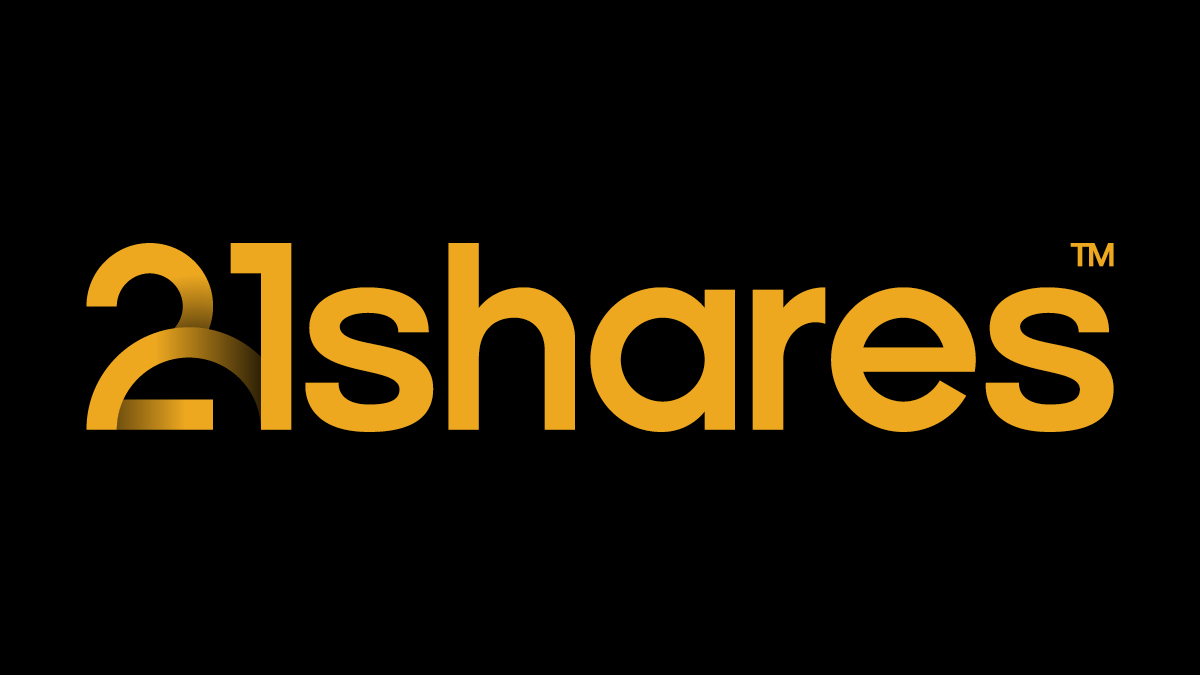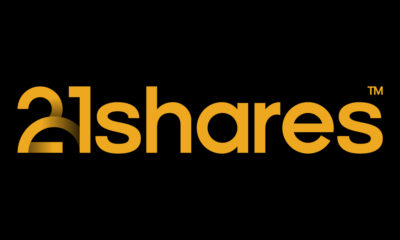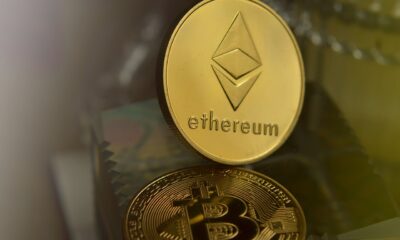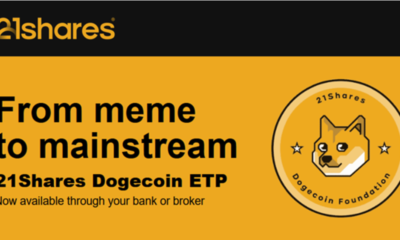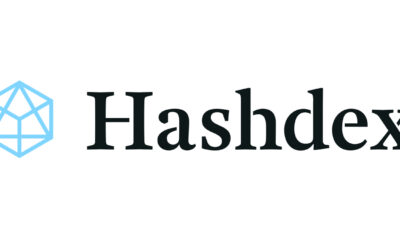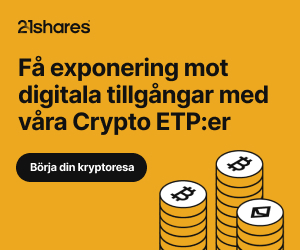I 21Shares Market Outlook framgår att en ökad adoption av institutionella investerare och gynnsamma regulatoriska miljöer kommer att katalysera tillväxten för tillgångsklassen 2025.
21Shares, en av världens största emittenter av börshandlade produkter (ETP), tillkännagav idag släppet av sin 2025 State of Crypto Market Outlook, en omfattande analys av den digitala tillgångsmarknaden som projicerar fortsatt fart för tillgångsklassen när det gäller det nya året.
Nyckelprognoser från 21Shares 2025 Outlook – driven av ökat institutionellt intresse, historiska godkännanden av krypto-ETP i USA och vänliga makroekonomiska trender – inkluderar:
En annan nationalstat kommer att anta Bitcoin som en strategisk reservtillgång: En tydlig förändring som inträffade, eftersom nationalstater i allt högre grad anammar Bitcoin-standarden. År 2025 indikerar 21Shares forskning att länder som Argentina skulle kunna använda Bitcoin som en strategisk reservtillgång.
Bitcoin-tillväxten kommer att fortsätta att nå rekordnivåer: Baserat på insamlad data, förväntar 21Shares att Bitcoins totala värde låst kommer att växa över 10 miljarder dollar 2025, vilket etablerar Bitcoins bredare användbarhet bortom ett värdelager.
En renässans i intäktstillväxt för Ethereum: År 2025 visar 21Shares-undersökningar att Ethereum kommer att återta sina intäktsnivåer, vilket sannolikt kommer att överträffa 100 % av sin måltillväxt på grund av strategiska Layer 22-integrationer.
Ökat institutionellt antagande av ETPer kommer att driva på en oöverträffad tillväxt: Med stöd av landmärken i USA för att godkänna Spot Bitcoin ETF:er och ytterligare världsomspännande godkännanden som lättar på restriktionerna för att investera i Bitcoin, kan globala krypto-ETPer nå 150 miljarder USD i AUM, med minst en amerikansk- baserad Bitcoin ETF kommer sannolikt att rankas bland de 25 största ETFerna i världen.
Stablecoins kommer att fördjupa integrationen mellan traditionella sektorer: Stablecoins representerar ett av kryptons mest övertygande användningsfall och visar upp en idealisk produktmarknad. 21Shares förutser en ökning av nationalstater, banker och etablerade Web2-företag som använder stablecoins, antingen genom djupare integrationer eller genom att lansera sina egna, vilket signalerar adoption över traditionella sektorer.
”Medan de europeiska marknaderna har varit banbrytande för adoption av digitala tillgångar under de senaste åren, kommer USA ikapp och blir en alltmer formidabel marknad för digitala tillgångar i takt med att investerarnas intresse för tillgångsklassen växer”, säger Adrian Fritz, analyschef på 21Shares. ”Under 2025 förväntar vi oss att marknaden kommer att bli ännu mer positiv till krypto, sporrat av en gynnsammare regulatorisk miljö under en ny administration som sannolikt kommer att påskynda kryptoantagandet och tillväxten för branschen i stort, i en takt vi aldrig har sett tidigare.”
Positiva förutsägelser för det nya året stöds av ett av 21Shares mest framgångsrika år hittills – företaget överträffade nyligen 10 miljarder dollar i förvaltat kapital och kommer att anställa en ny svit av chefer för att driva affärsexpansion 2025.
Milstolpen $10 miljarder AUM understryker ökningen av institutionellt intresse och utveckling av krypto-ETP som en legitim global tillgång. Innehavarna av institutionella och förmögenhetsrådgivningar har nästan fördubblats under de två sista kvartalen av 2024, vilket bäddar för fortsatt adoption och tillväxt av digitala tillgångar under det nya året drivet av tydlig reglering, allt mer användarvänliga kryptoprodukter och framväxande undersektorer för att odla ny nyfikenhet i kryptovaluta från en mångfaldig grupp investerare över hela världen.
För att komma till hela rapporten klicka här. För mer information om 21Shares klicka här.

 Nyheter3 veckor sedan
Nyheter3 veckor sedan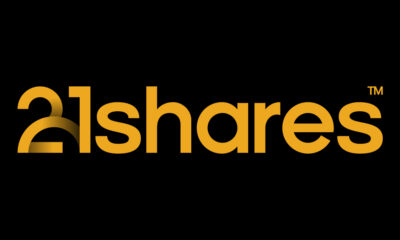
 Nyheter2 veckor sedan
Nyheter2 veckor sedan
 Nyheter3 veckor sedan
Nyheter3 veckor sedan
 Nyheter2 veckor sedan
Nyheter2 veckor sedan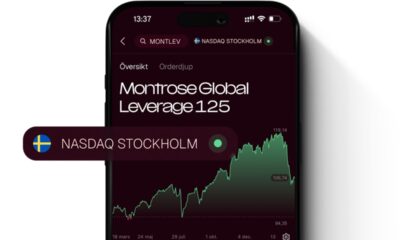
 Nyheter2 veckor sedan
Nyheter2 veckor sedan
 Nyheter4 veckor sedan
Nyheter4 veckor sedan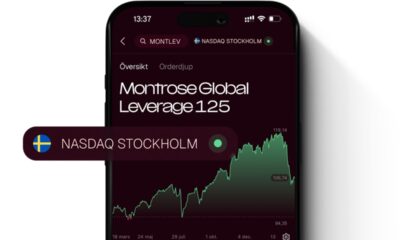
 Nyheter2 veckor sedan
Nyheter2 veckor sedan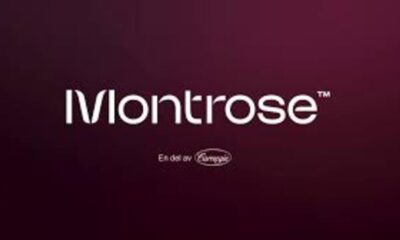
 Nyheter3 veckor sedan
Nyheter3 veckor sedan
